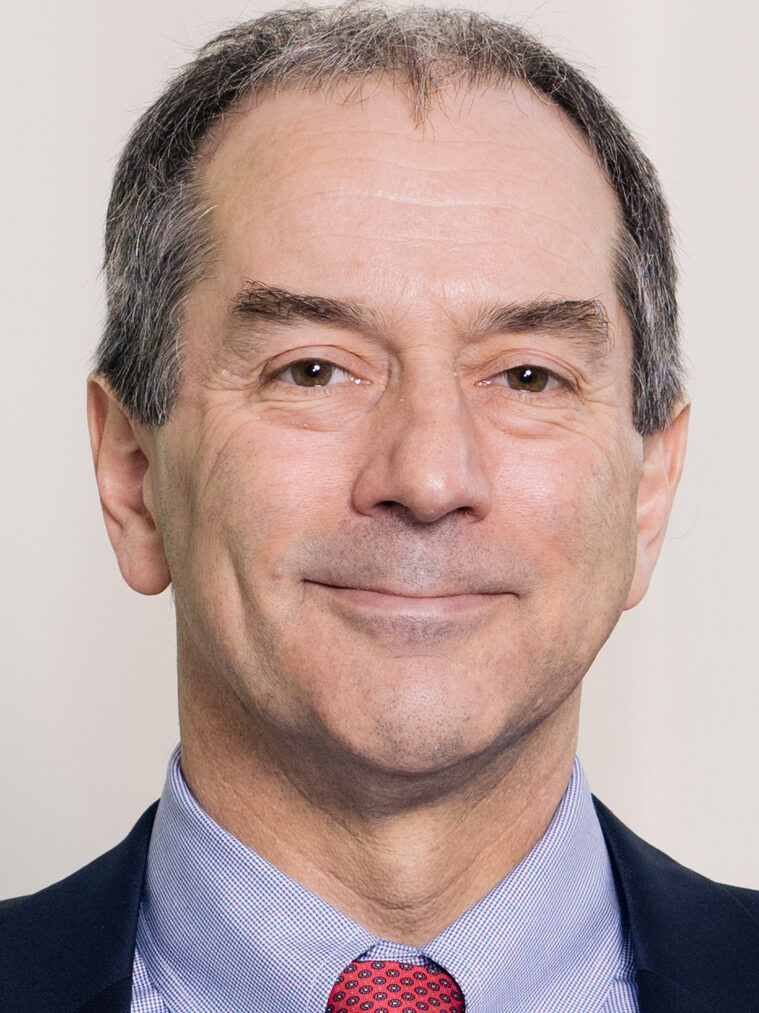Harnessing dimethyl ether with ultra-low-grade heat for scaling-resistant brine concentration and fractional crystallization
Abstract
Solvent-driven separations may enable scalable concentration of hypersaline brines, supporting a circular resource economy from the extraction of lithium and rare earth elements from spent battery and magnet leachates. This work analyses a novel solvent-driven water extraction (SDWE) system employing dimethyl ether (DME) and ultra-low-grade heat for brine concentration and fractional crystallization. SDWE exploits DME’s unique properties: (1) a low dielectric constant that promotes water solubility over charged solutes by a factor of 10 3 , and (2) a high volatility that facilitate efficient DME reconcentration with ultra-low-grade heat. The techno-economic viability of SDWE is assessed with a computational framework that encompasses a liquid–liquid separator and a solvent concentrator. We integrate the extended universal quasichemical model with the virial equation of state to predict the compositions of the complex three-phase DME-water mixture at vapor–liquid and liquid–liquid equilibrium. Subsequently, we optimize the thermodynamic and economic performance of SDWE, by controlling the interstage flash pressure, heat source temperature, and the number of concentrating stages. DME-based SDWE concentrates an input saline feed to 5.5 M and regenerates over 99 % of the DME using ultra-low-grade heat below 50 °C, with a DME/water selectivity ratio of 125. Our calculations reveal that optimal performance is achieved at interstage flash pressures of 0.4 – 0.5 bar for heat source temperatures between 323–373 K, with improved exergetic efficiencies at lower temperatures. At a heat source temperature of 323 K and an interstage pressure of 0.489 bar, DME-driven SDWE achieves an optimal thermodynamic efficiency of 20.5 % and a projected specific cost of US$ 1.93 m−3. These specific costs suggest that SDWE is competitive with commercialized thermal distillation technologies, while mitigating the traditional risks associated with scaling in heat and mass exchangers with hypersaline brines.
Declaration of competing interest The authors declare the following financial interests/personal relationships which may be considered as potential competing interests: John H. Lienhard, Aaron D. Wilson, Akshay Deshmukh, Zi Hao Foo reports financial support was provided by United States Department of Energy. John H. Lienhard, Aaron D. Wilson, Akshay Deshmukh, Zi Hao Foo has patent #US20220212957B2 issued to Massachusetts Institute of Technology. If there are other authors, they declare that they have no known competing financial interests or personal relationships that could have appeared to influence the work reported in this paper. Acknowledgments This work was supported by the National Alliance for Water Innovation (NAWI), funded by the US Department of Energy, Office of Energy Efficiency and Renewable Energy, Advanced Manufacturing Office , under Funding Opportunity Announcement DE-FOA-0001905. Work at Idaho National Laboratory was conducted under contract DE-AC07-05ID14517. The authors acknowledge supplemental support from the MathWorks Fellowship (Z.H. Foo), the NUS Development Grant (Z.H. Foo) and the MIT Energy Initiative Fellowship (A. Deshmukh). Any opinions, findings, and conclusions or recommendations expressed in this material are those of the author(s) and do not necessarily reflect the views of their respective funding agencies.
